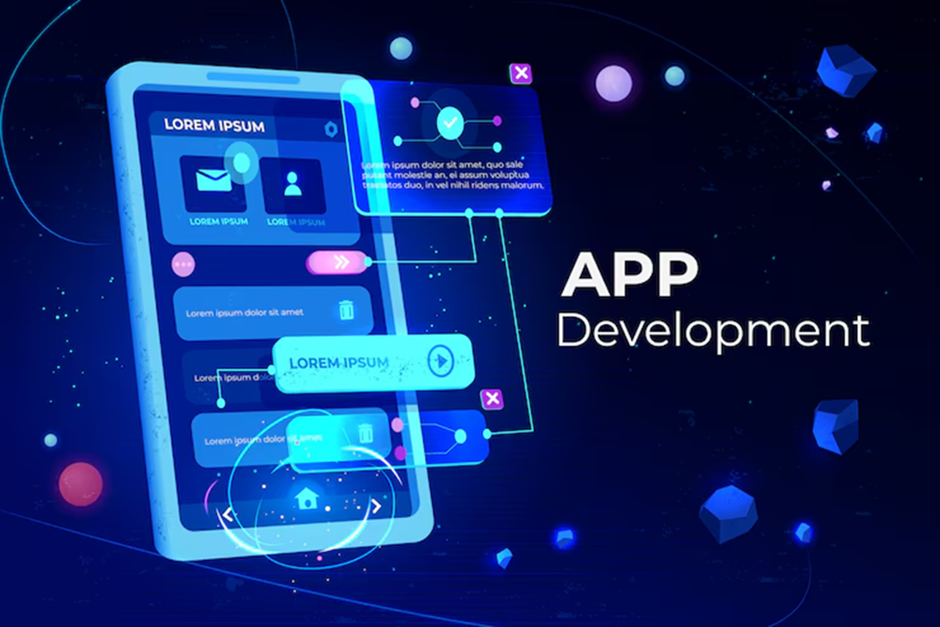A 2024 Guide to Cross-Platform Success With Flutter
Did you know that the global consumer spending on mobile apps was more than $35.4 billion in the second quarter of 2024? Consumers love digital applications, be they individual users or businesses.
Meanwhile, businesses are using cross-platform app development as a way to reach those global consumers. Flutter helps them create versatile applications that work on multiple platforms with just a single codebase.
There are other benefits of using the Flutter app development framework. It reduces the overall app development costs and deployment times. Overall, Flutter is a robust software solution that improves developer experience and user satisfaction. Here’s more!
Why Choose Flutter in 2024?
Statista revealed that nearly 46% of software developers were using Flutter for cross-platform app development in 2023. It empowers them to create digital products that work seamlessly on different platforms using only a single codebase:
●Android
●iOS
●Desktop
●Web
You will need separate codebases for each platform if you choose the route of traditional native development. With Flutter, developers write code once and can use it to build cross-platform apps.
One of the most interesting features of Flutter is “hot reload.” It helps developers see the changes in their app in real time without even having to restart the app. Additionally, when developers use Flutter’s widget-based architecture, they can speed up UI development with extensive customisation.
Advantages of Using Flutter for Cross-Platform Development

(Source)
Tech Jury reported that 70% of users are likely to leave an app if it takes too long to load. Combine that with cross-platform performance issues as developers have to create separate codes for each platform — and you get a “disaster” user experience.
However, Flutter app development resolves those issues and offers other advantages for developers. It helps them create multi-platform apps that are very easy to modify and deploy.
Single Codebase
With Flutter, you have to create just one codebase and work on it periodically. This reduces the need for extra development time and effort because you’ll simply go back to one codebase and make updates there.
Fast Development Cycles
Since you’re not maintaining multiple codebases, you can easily modify and update applications using Flutter in less time. With hot reload, you can instantly see a change in real time and make quick fixes. This expedites the development cycle and improves the feedback loop.
High Performance
Interestingly, Google created Flutter’s engine using C++ to give it a performance edge over other frameworks in the market. Moreover, it compiles to a native ARM code. This means faster reload times, smoother animations, and quicker app startups.
Customisable Widgets
One of the best advantages of using Flutter for app development is that it comes with a pre-set of widgets in both Material Design and Cupertino styles. Developers can easily customise the widgets and create engaging UIs in less time.
Overcoming Common Challenges in Cross-Platform Development With Flutter

(Source)
There are a few points to consider when it comes to cross-platform development. For one, you have to make sure that the same codebase can create a UI that is consistent with each platform (i.e., desktop and Android, for example). Moreover, there are other challenges like limited libraries and performance optimisation needs that developers can address using Flutter.
UI Consistency
Nearly all platforms have specific design guidelines, which can make cross-platform app development a bit tricky. However, Flutter has the tools and customisable widgets that let you create a uniform app interface for multiple platforms.
Performance Issues
When an app is not optimised for a particular platform, it can create performance bottlenecks and negatively impact user experience. However, Flutter offers performance profiling tools that make addressing these issues simple and easy.
Limited Third-Party Libraries
While this challenge is not exclusive to Flutter, the platform continues to expand its ecosystem to include as many third-party libraries as possible. The ultimate goal is to help developers optimise processes for native app development with more resources. Furthermore, the Flutter community is also actively working towards increasing the available resources for devs.
Platform-Specific Features
Despite the availability of cross-platform development frameworks, some apps still require native code integration. Flutter provides seamless communication channels between Dart and native codes. Thus, developers can add platform-specific functions to apps when necessary.
Best Practices for Developing With Flutter in 2024

(Source)
Of course, you are always on the lookout to maximise technical gains and achieve higher efficiency. With Flutter app development, it is possible if you employ the following best practices:
Minimise Widget Rebuilds
One of the best ways to maximise app development using Flutter is to use const constructors and RepaintBoundary widgets. They help you minimise unnecessary rebuilds to prevent performance issues.
Choose the Right State Management Approach
Since state management is crucial for the portability and functionality of apps, Flutter helps you optimise it through different plugins. For instance, Riverpod and Provider are two of the most popular tools from Flutter that help you maintain app performance and scalability.
Use Asynchronous Programming Wisely
If you want to become more efficient with long-running tasks to prevent blocks in the main thread, you can try asynchronous programming. Use the await and async keywords in Dart to begin programming asynchronously.
Keep Dependencies Updated
It is always a good practice to update your dependencies, especially in Flutter and Dart. It allows you to get the latest features, performance improvements, and security patches on time.
Leverage Flutter’s Profiling Tools
Lastly, we advise using Flutter’s profiling tools. It helps you monitor the performance of your cross-platform apps and prevent any bottlenecks by identifying them early on.
Conclusion
Flutter will continue to be among the leading cross-platform app development frameworks. Through Flutter app development, many businesses can reach a broader audience. They can also do it with higher cost and operational efficiency.
It allows developers to take advantage of fast development cycles and single codebase features to get apps ready and out to the users in less time — and across multiple platforms. That way, the time-to-market goes down, while user satisfaction remains high. Contact experienced Flutter app developers to get insights for your next project!
Main image Source


